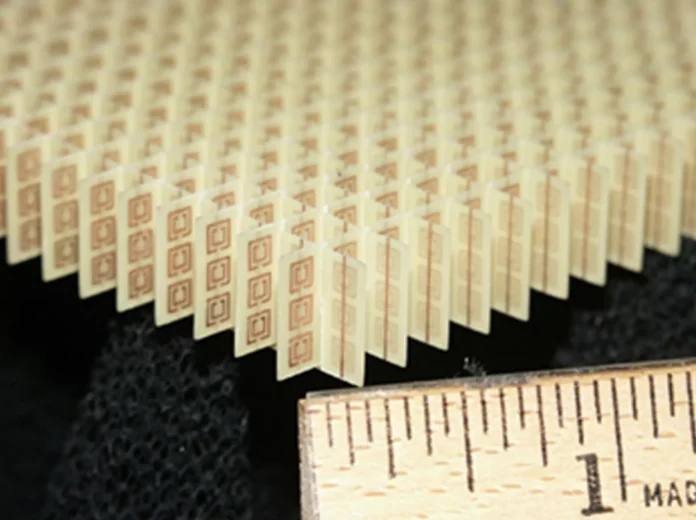
Imagine it is 2125. A futuristic city glimmers under a shimmering dome, its buildings humming softly as they adapt in real time to seismic vibrations. Roads mute the noise of speeding hovercars. Walls bend light, rendering buildings nearly invisible to the naked eye. A rooftop glows faintly in response to solar energy stored in it.
Sounds like a sci-fi movie, right? But surprisingly, much of this vision hinges on a very real, rapidly evolving field of research: Metamaterials. These aren’t your average materials; they’re artificially engineered to possess properties not found in nature, granting designers, architects, and scientists the power to sculpt reality itself.
What Are Metamaterials?
Metamaterials are engineered composites designed to control and manipulate physical phenomena like electromagnetic waves, sound, heat, and even mechanical forces in ways natural materials simply cannot.
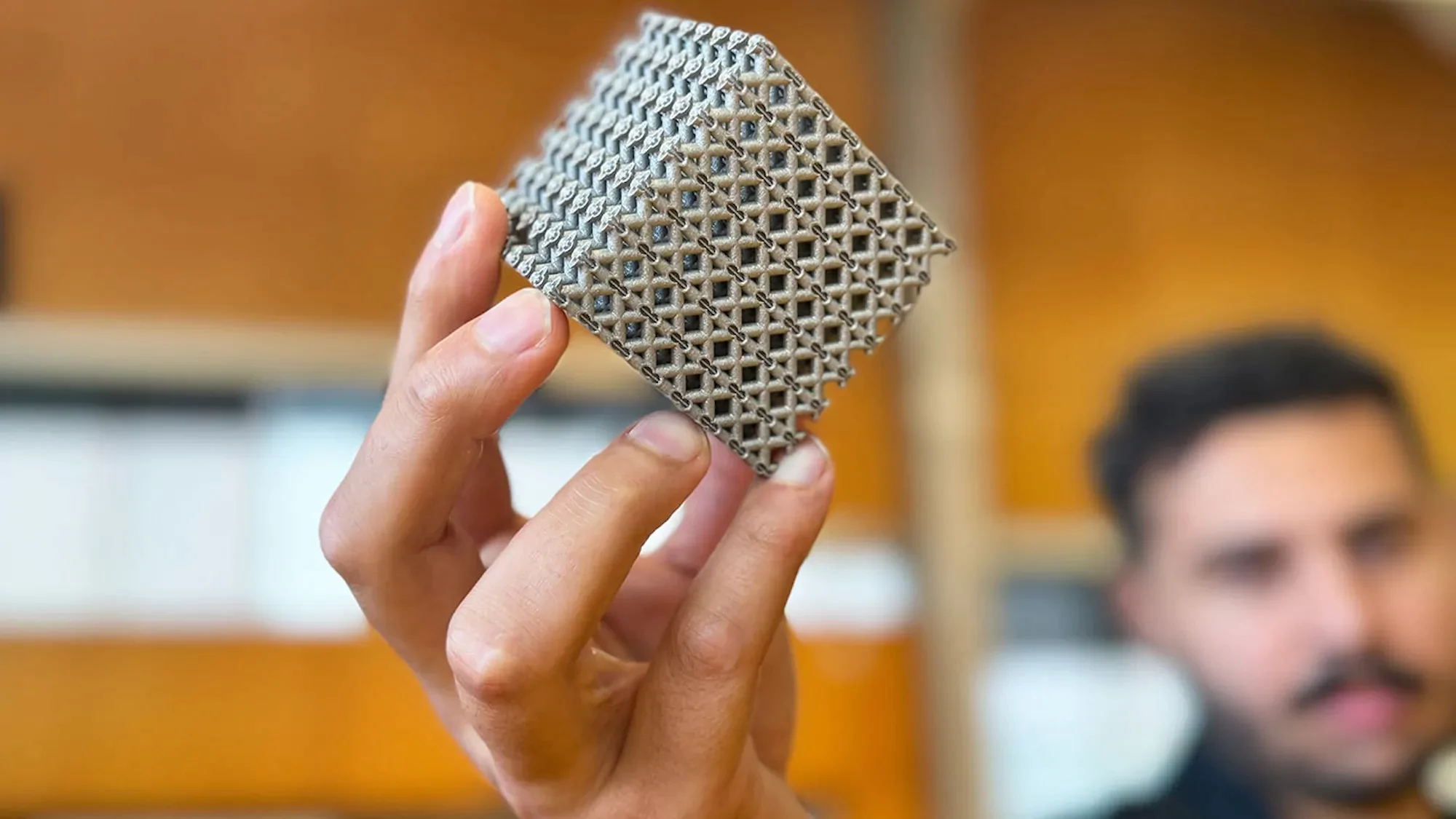
Rather than relying on the composition of atoms and molecules (as with traditional materials), metamaterials derive their remarkable properties from their internal structure and geometry, often on the nanoscale. Think of it like LEGO blocks: the individual pieces may be plastic, but their assembled shape determines whether you’ve built a dragon or a spaceship. First gaining fame in physics labs for their potential in cloaking devices and superlenses, metamaterials have since leaped into real-world applications of modern architecture & design.
A New Era in Architecture
Architects and engineers are increasingly exploring ‘architected materials’, metamaterials that are not only functionally intelligent but also visually and spatially inspiring.
1. Seismic Metamaterials: Buildings That Dodge Earthquakes
One of the most groundbreaking innovations is the use of seismic metamaterials: structures embedded underground around a building to redirect seismic waves. Think of them as a force field, bending destructive vibrations around a building.

Negative-Index Metamaterial that can Achieve Simultaneous Negative Permittivity & Permeability | Arch Daily
French researchers have demonstrated that concentric rings of buried columns can divert low-frequency seismic energy, potentially protecting skyscrapers, heritage monuments, and dense urban spaces in earthquake-prone zones. This could redefine disaster-resilient architecture, offering an alternative to traditional retrofitting or damping techniques.
2. Acoustic Metamaterials: The Sound of Silence
Imagine a hospital where operating rooms are soundproofed without thick walls, or a library adjacent to a bustling highway that remains peacefully quiet. Architected acoustic metamaterials make this possible. Designed to block or redirect specific frequencies, these materials allow structures to absorb, reflect, or guide sound in extraordinary ways.

Nissan acoustic meta-material is the future of sound deadening | Auto Industriya
In practical terms, these materials could shape auditoriums, concert halls, museums, or open-plan offices, enhancing both acoustic quality and aesthetic freedom. Some cutting-edge research even focuses on 3D-printed acoustic metamaterials, offering customization at unprecedented levels.
3. Thermal Metamaterials: Passive Temperature Control
Another tantalizing frontier is the use of metamaterials for thermal regulation. Structures can now be designed to redirect heat flow, enabling buildings to remain cooler in hot climates or conserve warmth in cold environments without active energy use.
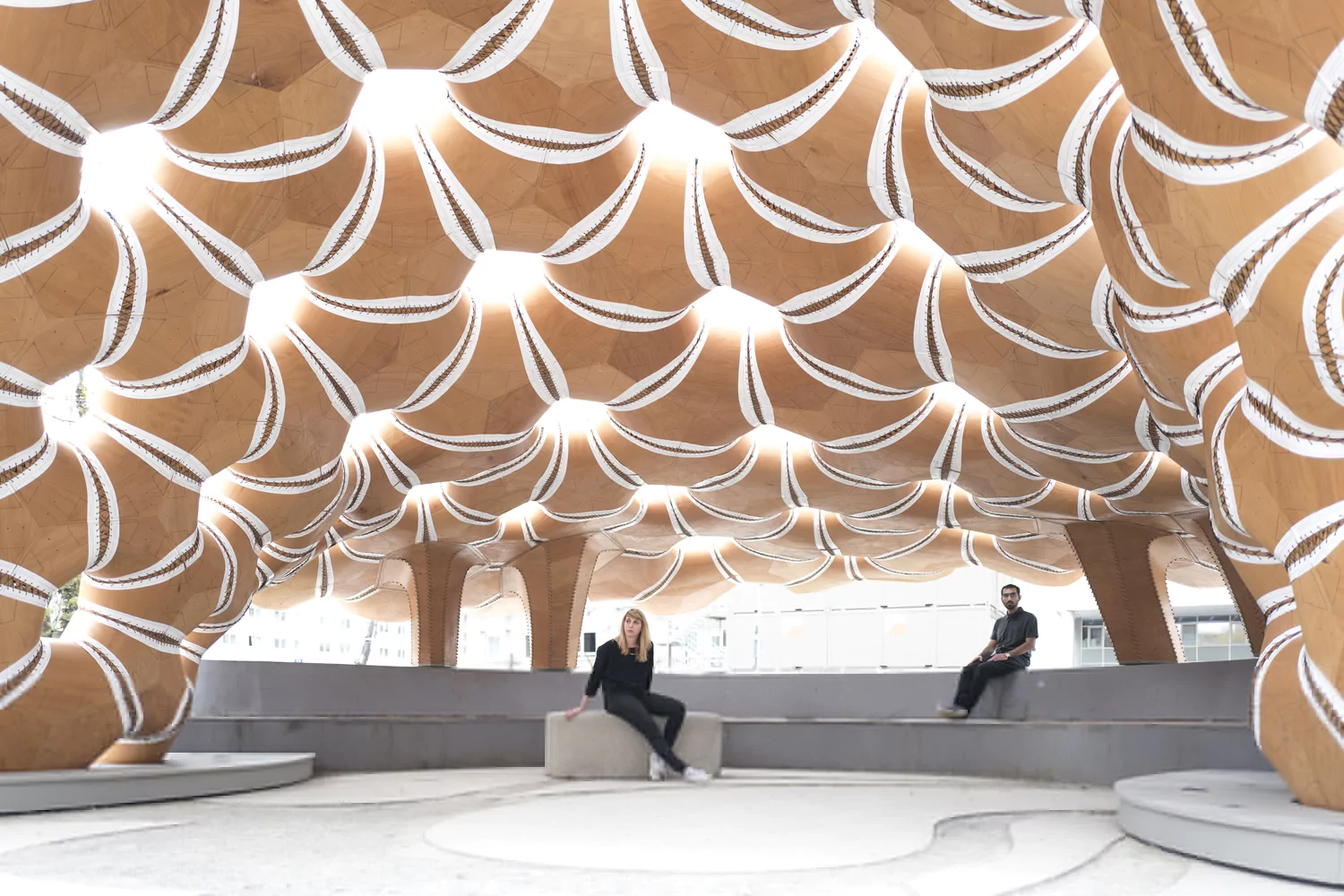
This plays beautifully into the rising demand for net-zero energy buildings and passive design strategies. Imagine façade panels that redirect solar heat in summer and retain it in winter, or windows that auto-adjust their thermal properties depending on external temperature.
Designing Beyond Architecture
While the architectural applications are compelling, the reach of metamaterials stretches far into the realms of product design, industrial systems, and urban infrastructure.
Product Design & Wearables
From invisibility cloaks for the military to stealth technology in drones, metamaterials already have high-profile defense applications. But closer to everyday life, designers are exploring:
- Lighter, stronger helmets and sports gear using energy-absorbing mechanical metamaterials.
- Smart clothing with embedded thermal or acoustic insulation.
- Medical implants and prosthetics with structural gradients that mimic natural bone behavior.
By allowing mass customization, metamaterials empower designers to create more ergonomic, high-performance, and even aesthetically expressive products.
Urban Design & Smart Cities
City planners could soon deploy metamaterial-based panels along highways to reduce noise pollution, design adaptive shading devices for public spaces, or develop lightweight but high-strength modular units for rapid urban housing. Even more visionary: Metasurfaces (2D versions of metamaterials) could be printed directly onto building skins, transforming them into sensors, display panels, or environmental regulators.
3D Printing and the Rise of Architected Metamaterials
One of the key enablers of this revolution is advanced manufacturing, particularly 3D printing. Traditional fabrication methods struggle with the fine, complex geometries that metamaterials require. Additive manufacturing, however, makes it feasible to print materials with programmable behaviors like surfaces that expand under heat or structures that fold in response to mechanical pressure.
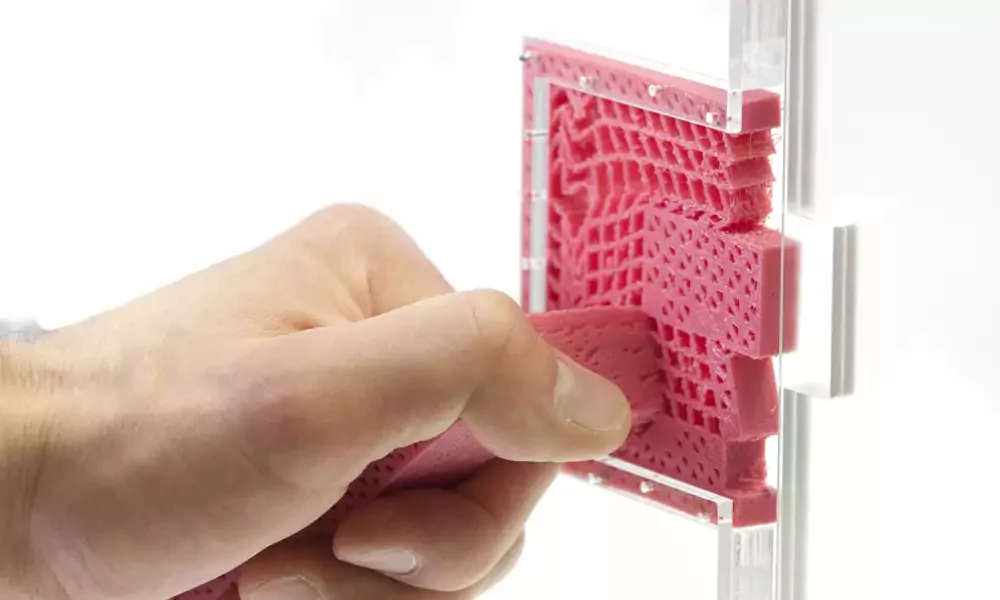
3d Printed Titanium Could Strengthen Everything from Bone Implants to Rocket Parts | Popular Science
Researchers like Prof. Matlack at the University of Illinois are pioneering 3D-printed phononic metamaterials, opening up infinite possibilities in tuning materials for sound and vibration control, particularly in architecture and infrastructure.
The Aesthetic Possibilities
Beyond function, metamaterials also introduce new languages of form. The geometric intricacy of these materials is often inspired by fractals, honeycombs, and natural growth systems, offering organic, futuristic aesthetics that align with both biophilic design and parametric architecture.
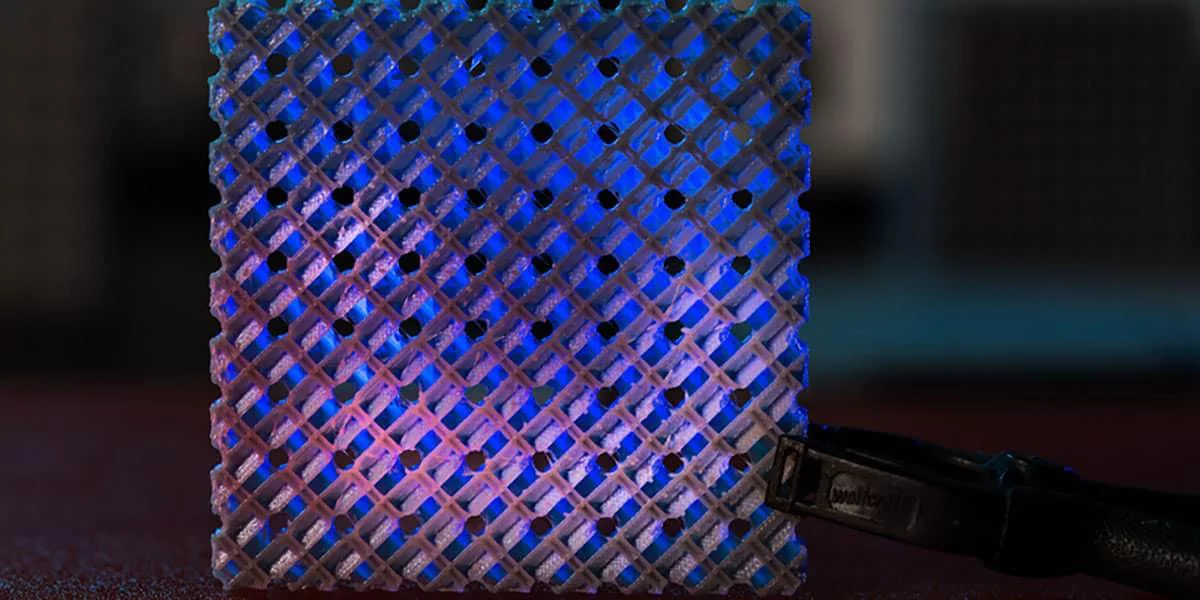
ICD-ITKE Research Pavilion 2015-16 | Arch Daily
Designers are no longer restricted by the limitations of steel, concrete, or brick. Instead, they can now design material systems that are responsive, adaptive, and intelligent like living organisms.
Challenges and the Road Ahead
Of course, challenges remain. Cost, scalability, and long-term durability of metamaterials are still under investigation. Most applications are still research-level prototypes, though some (like acoustic panels or vibration-damping pads) are slowly entering the commercial space. An interdisciplinary approach to construction and design can catalyze the process of knowledge integration.
Metamaterials are the Design of Tomorrow
In many ways, metamaterials challenge our very perception of what design can do. They offer a future where form does not just follow function but creates it. So, whether you’re a young architect, an aspiring product designer, or just a curious reader with an eye on the future, the material world is all set to revolutionize.
References
- https://www.archdaily.com/1031170/what-are-metamaterials-innovations-in-architecture-from-acoustic-invisibility-to-seismic-protection
- https://www.archdaily.com/795723/could-we-soon-be-living-in-a-metamaterial-world
- https://fenner-esler.com/blog/metamaterials-in-architecture-unlocking-a-new-frontier-in-the-built-environment/
- https://www.designingbuildings.co.uk/wiki/Metamaterials
- https://matlack.mechanical.illinois.edu/research-3/phononic-metamaterials/3d-printed-architected-metamaterials/
- https://cism.it/en/activities/courses/C2507/
- https://pubs.aip.org/aip/apr/article/12/1/011340/3341034/Architected-acoustic-metamaterials-An-integrated
